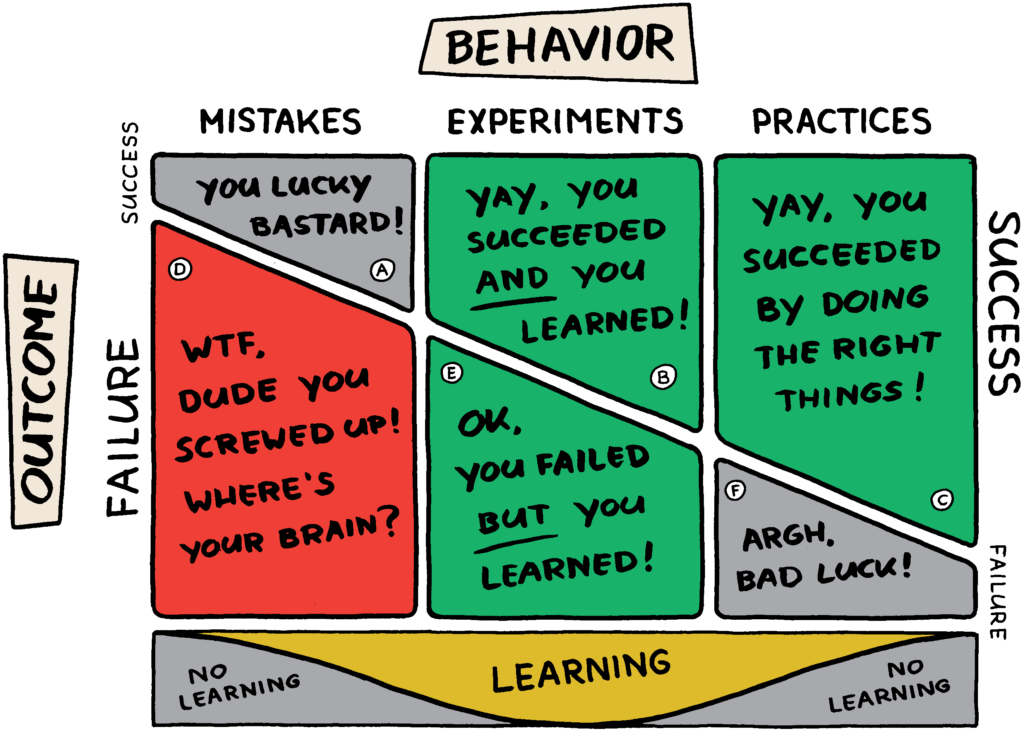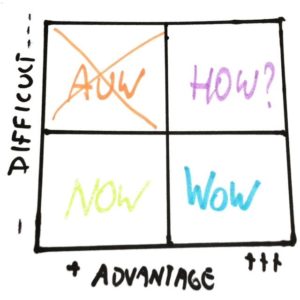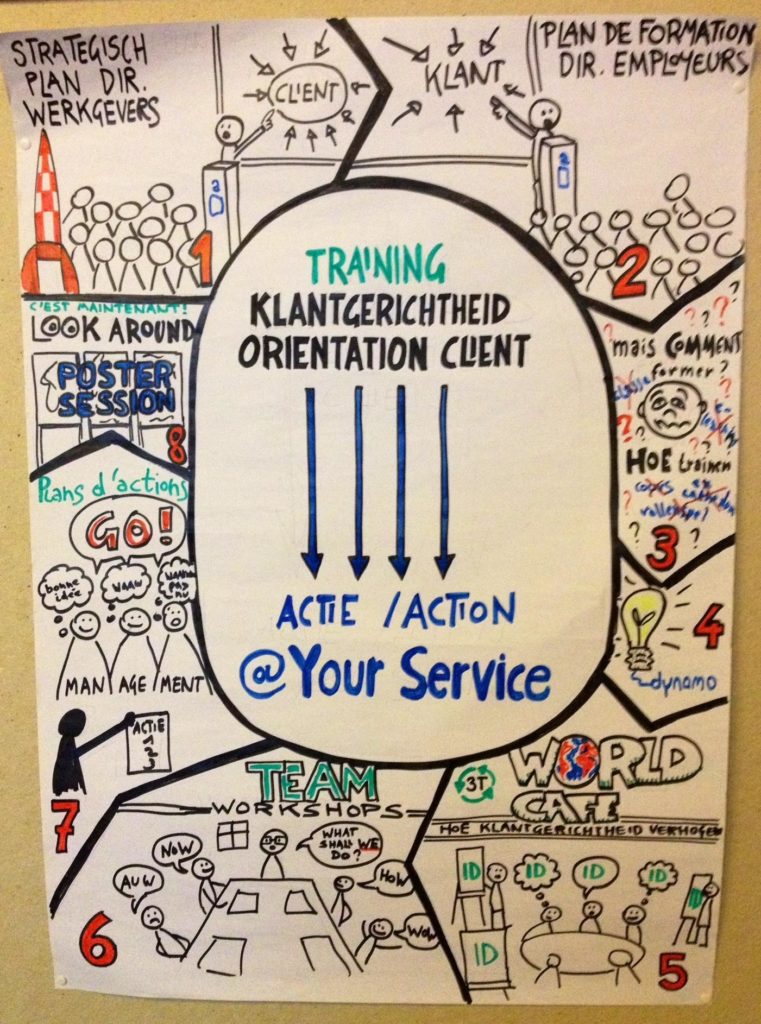by Wim Thielemans
Working as a coach, trainer and facilitator since 1996, I get to hear a lot of feedback from employees during training and workshop sessions. Many of these workshops are about getting people to take actions that fit a particular project, such as value definition or customer care projects. We often received comments from disgruntled employees who had submitted many ideas to their organization, never to hear anything afterwards.
For some strange reason people believe that when they offer up ideas, they should be actioned immediately. Perhaps that very night the tooth fairy or Sint-Nicolaas (the original Santa Claus) will show up to make them happen. Of course, when their ideas never saw the light of day, many of them acted like a child who stays up to wait for Santa Claus and finds his parents putting the presents under the tree. Disappointed! Our coaching team had to deal with a lot of disappointment and disillusioned employees.
When management get involved in employee engagement projects, questions are often raised about their commitment to giving employees freedom to experiment; to come up with ideas and be given the time and support to develop them. Often HR are called in to help organize a team-building event to re-motivate employees, or once again try to engage their ideas. This just leads to further disappointment. The employee is not fooled: “This is not what I wanted or expected.”
It’s a problem that many ‘orange’ organizations (defined by Laloux in his excellent book Reinventing Organizations) have to deal with. They are driven by objectives and believe that having a goal is enough to motivate people to move towards it. Unfortunately people are rarely empowered to take action to reach a goal set by senior management.
So how can we do a better job without the need to change the organization’s culture and apathy for employee engagement projects? This is how we did it at Dynamo!

We always start off using an exercise found in Jurgen Appelo’s excellent book #Workout. The exercise is called Yay Questions and Celebration Grids! We set the scene by introducing a Celebration Grid which sets out Mistakes-Experiments-Practices.
Get to know more Management 3.0 Practices at a Workshop:





This is really excellent, I love the activity and the story here. Maybe I’ll integrate it into my next workshop. Thanks so much for sharing!
Dear Vanessa, Great to read you love the activity and story. I’m curious to read what you will use in your next workshop!